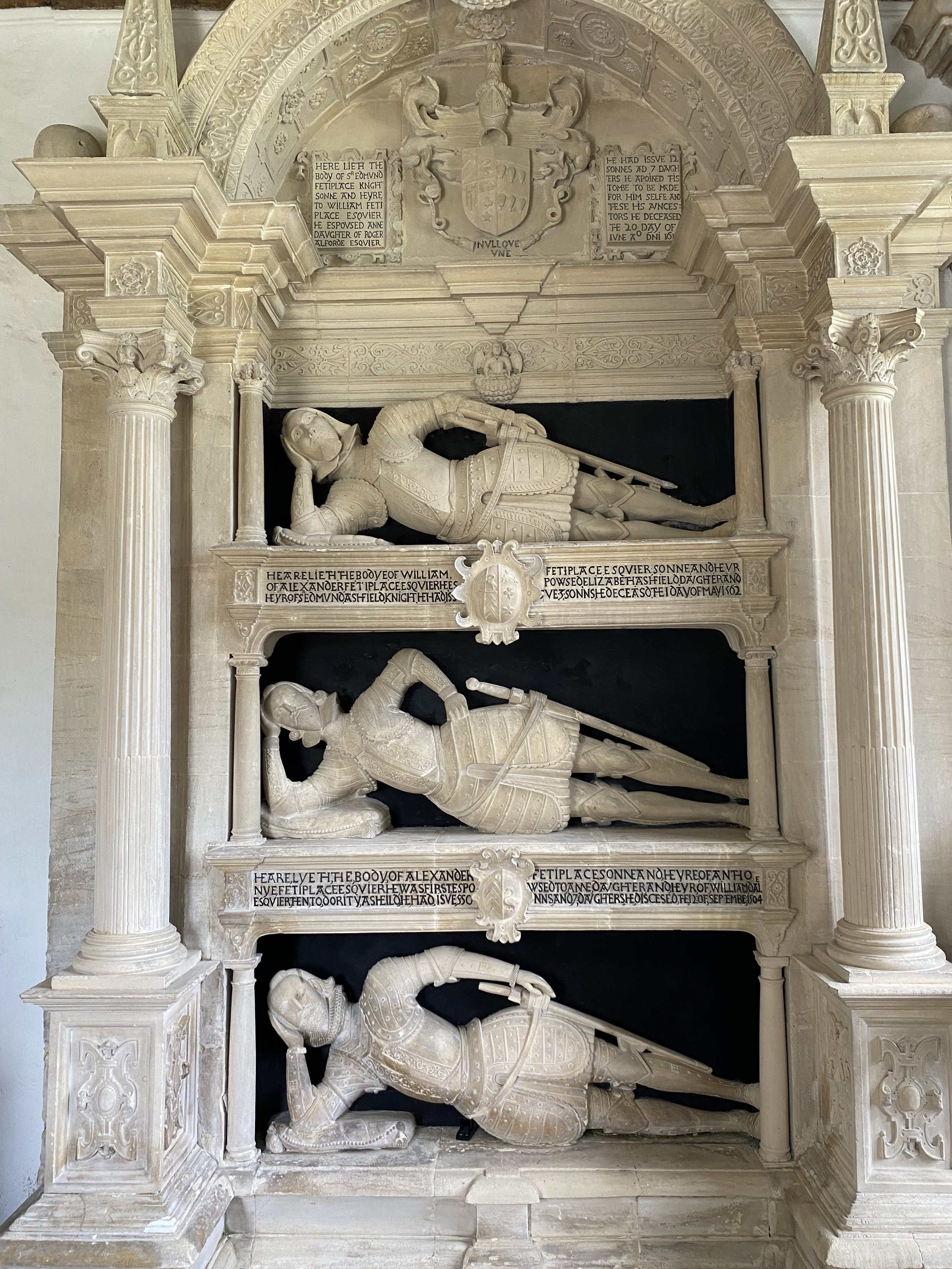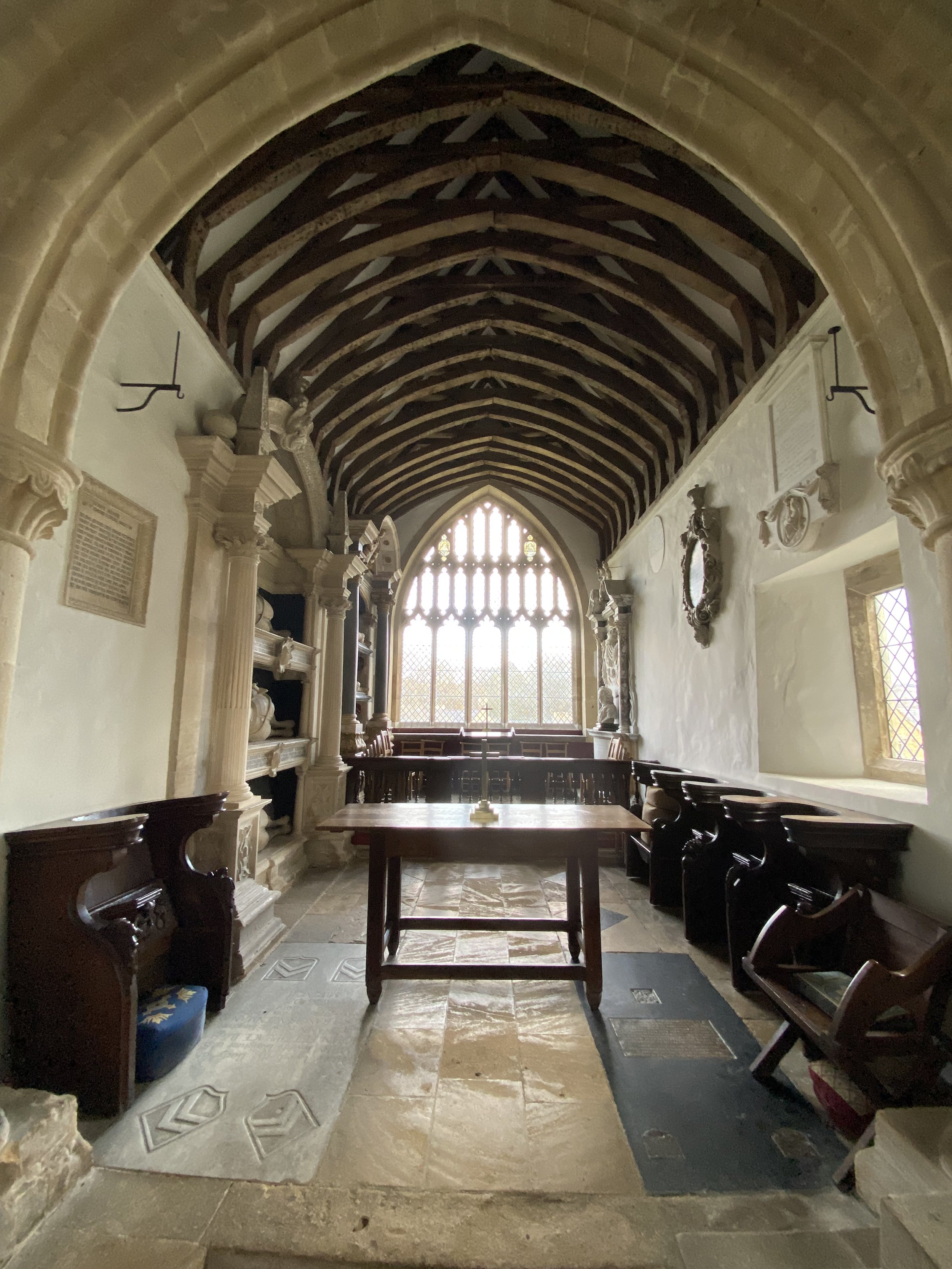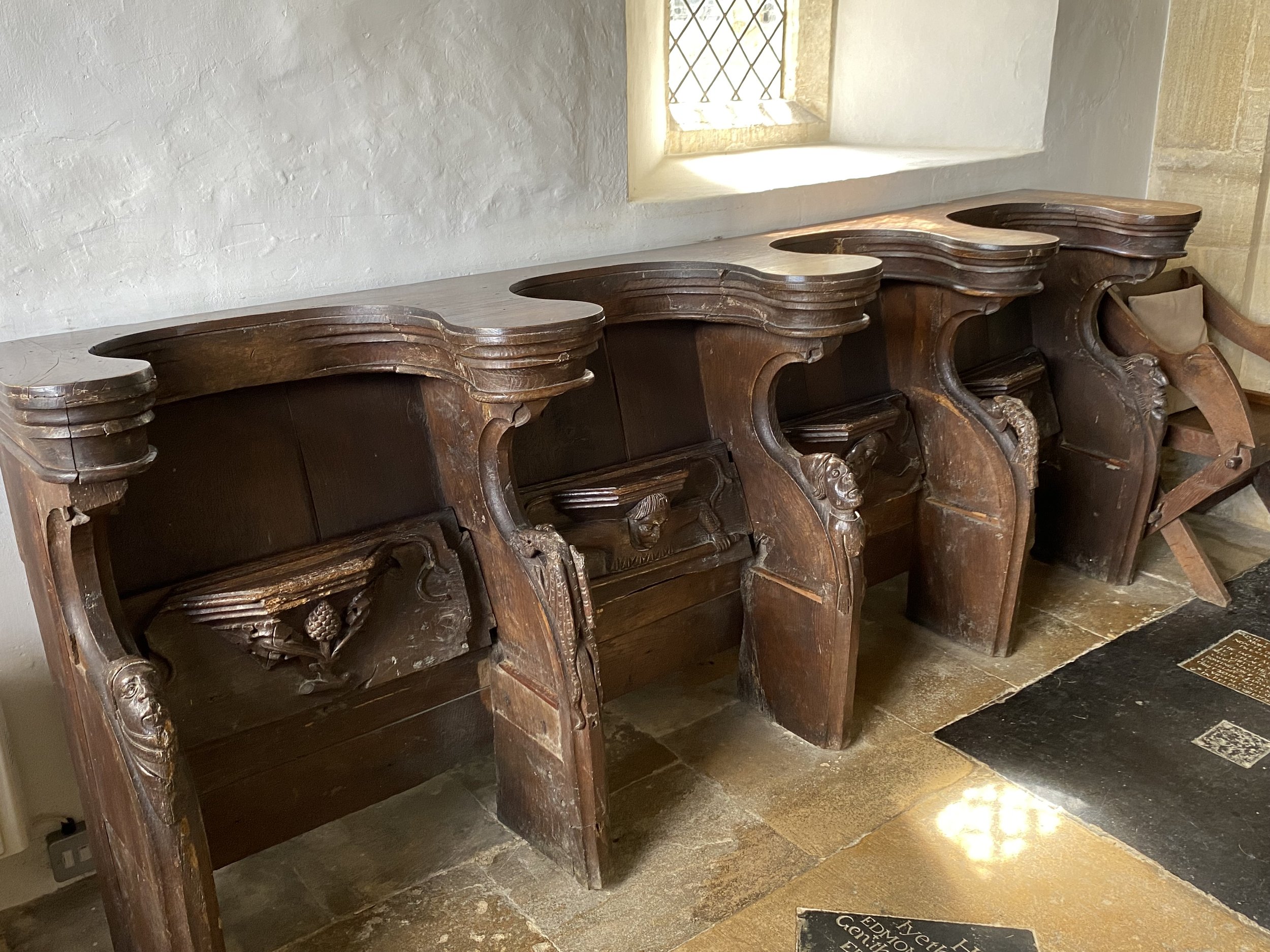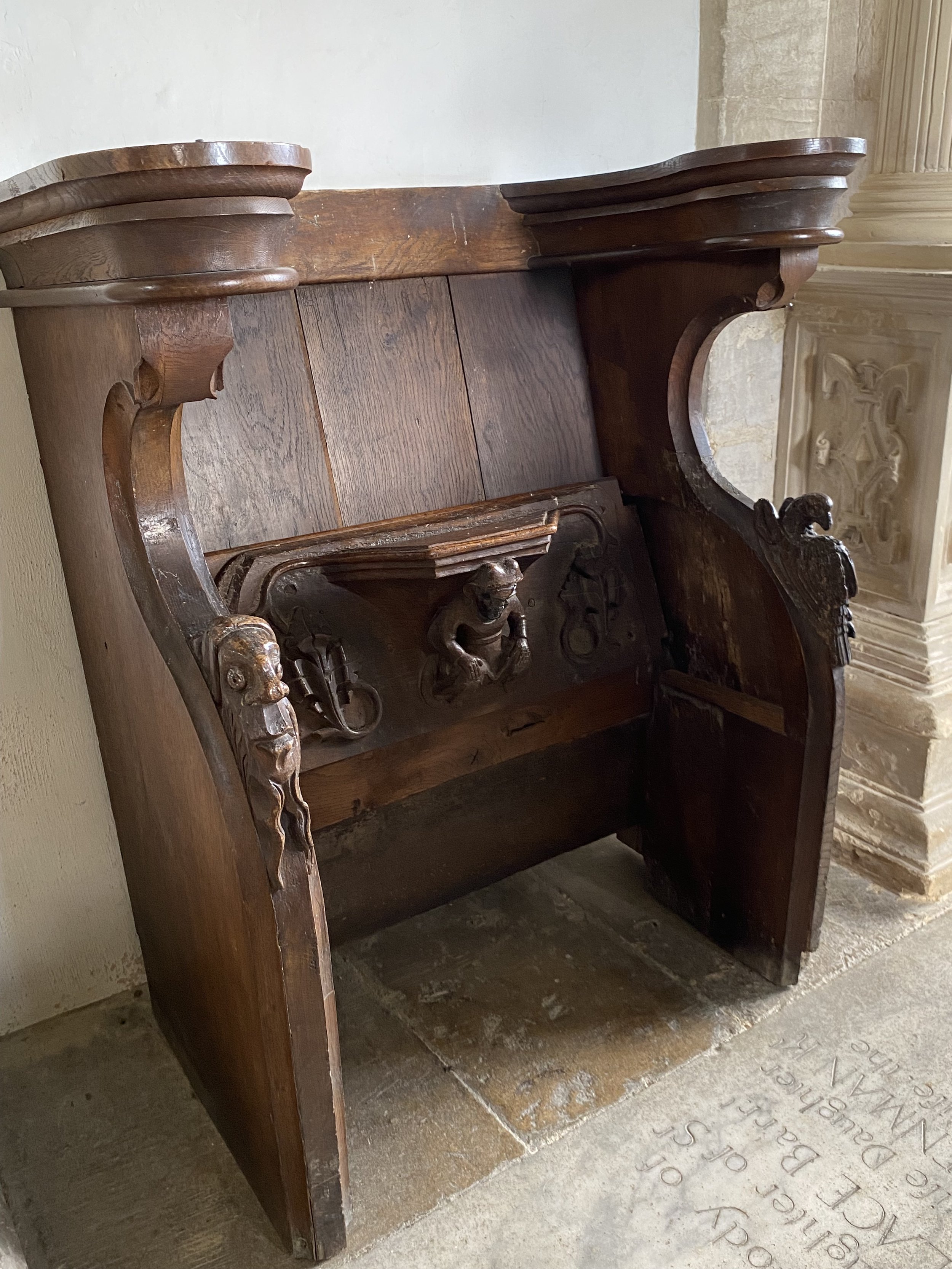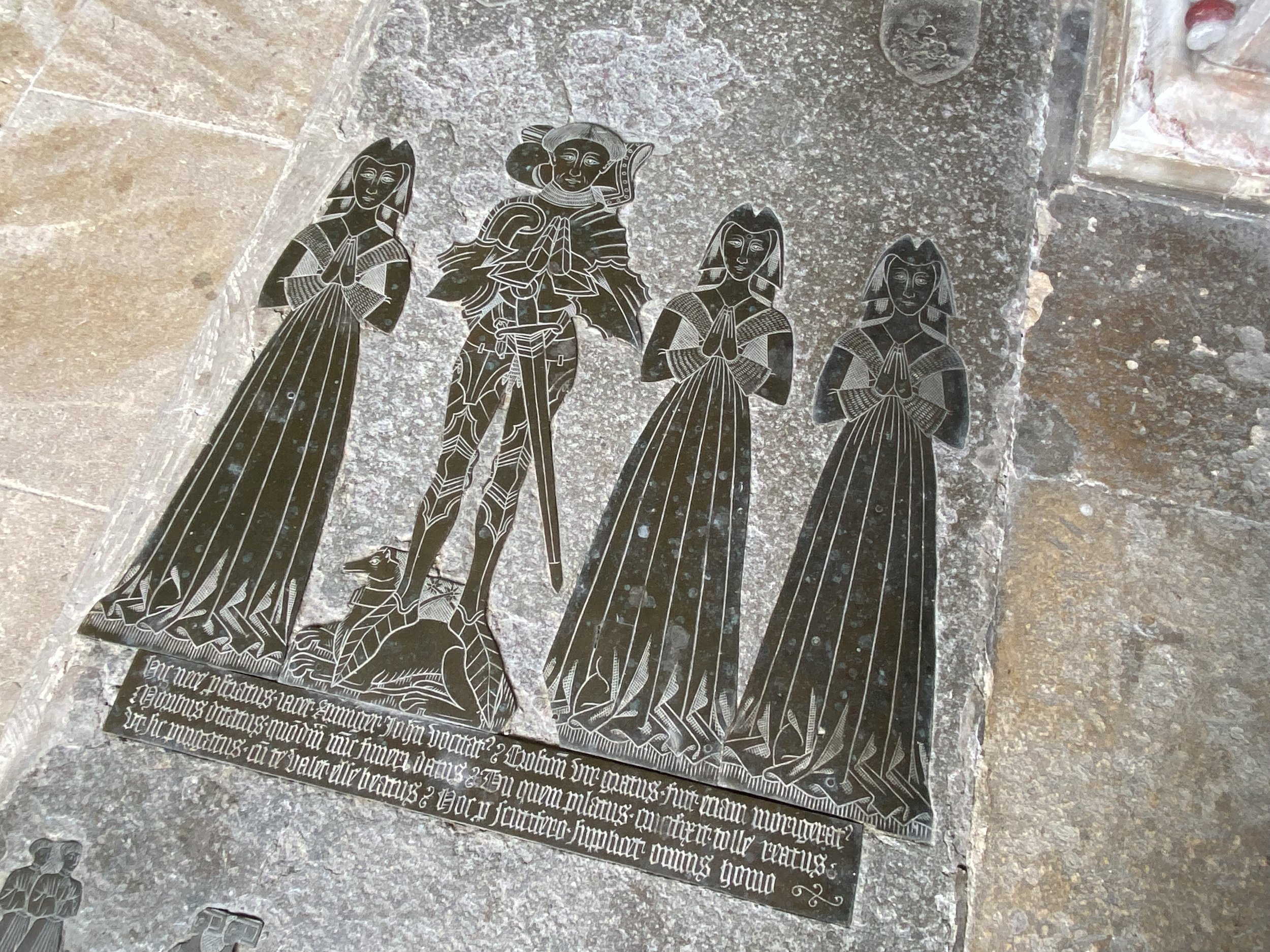
History
The History of Swinbrook at 11
“God will never forsake his people”
In 2012 a few people having been blessed spiritually by being very much part of Burford Church felt God calling them back to their surrounding community to be part of Asthall, Swinbrook and Widford churches in the Burford Benefice.
They joined the small congregation of less than a dozen at St Mary’s church in Swinbrook every Sunday and boosted the minimal heating by handing out hot water bottles and taking a couple of thermos of coffee and homemade cake! It seemed somewhat of an uphill struggle with no new regulars, but kept optimistic throughout and praying that God would open the door.
At a PCC Meeting in April 2017 is was discussed that Burford church was full to bursting so the idea was suggested that some from Burford might like to join Swinbrook to swell the congregation. At the next PCC meeting the idea was formalised, which was announced in Burford Church when the whole congregation was asked to think and pray as to whether this would be a calling for them. The understanding being, that they would not just attend but be involved in the running of the church. Prayer was answered and 25 people signed up, with several others committing to praying regularly for the new venture.
Alex Ross committed to leading a weekly service at Swinbrook combining ancient and modern, and sermons no longer than 12 minutes! Blessed with Hilary Tadman-Robins as organist, and most importantly, there was to be a weekly Monday prayer meeting which was to be the boiler house underlying the whole vision.
It was decided it would begin in October 2017, in the summer preceding, a barbecue was held one evening in the churchyard for everybody to meet. Postcards were put through all the Swinbrook and surrounding villages doors, inviting everybody to the new service at St Mary’s. Starting at 11am each Sunday, it became known as Swinbrook at 11.
The first service began, with the mini graft from Burford, and the congregation was on average 30 -35 each week. Gradually the numbers grew to the present congregation of approximately 65 - 70 each week, which includes many new locals and some who have travelled to join the venture, most are signed up for some roll or other in the church - intercessions, car parking, cleaning, flowers, PA sound system, reading, prayer ministry, bell ringing, welcomers, pastoral care, lifts to church etc etc.
We have since had outside services, socials in the churchyard, breakfasts and lunches, walks, barbecues, and Annie Hughes gave a wonderful talk on listening to God and prayer. There are now five Home Groups and over a dozen meet to pray every Monday evening to worship, give thanks to God and for His guidance for the future.
The History of St mary’s church
Set in the Windrush Valley, St Mary's church is 12th century with early enlargements and a tower tacked on in 1822 – a recent ‘afterthought’. It is full of interest and light, the clear glass windows illuminating both the architecture and some amazing monuments to the Fettiplace family – six effigies in two triple tiers ‘like passengers on an old-fashioned steamer’. One of two sanctuary brasses is to Anthony Fettiplace (d.1509).
Outside, near the porch are headstones to three of the Mitford sisters, Nancy, Unity and Diana Mitford. Their parents, and a fourth sister Pamela, are buried elsewhere in the churchyard. There is a plaque to their brother, Tom, inside the church.
St Mary's was built on a rise of ground overlooking the River Windrush sometime in the 11th or early 12th century. The architecture is a mix of Romanesque and early Gothic, with the addition of a very peculiar west tower added in 1822. The oldest part of the current building is the 12th-century north aisle, while the south aisle is a century later.
In the churchyard to the west of the tower are gravestones to the three Mitford sisters; Nancy, Unity, and Diana. Their parents and fourth sister Pamela are buried at another location in the churchyard, and inside the church is a memorial to their brother, Thomas. The Mitford family lived at nearby Swinbrook House.
There is so much of historic interest in the very simple church interior, most of it in the chancel.
THE FETTIPLACE MONUMENTS
On the south side of the chancel are two sets of monuments to the Fettiplace family, who held the manor of Swinbrook during the 17th century. The family was immensely wealthy and owned estates in 15 counties. No trace now remains of the family manor, but the monuments are a striking reminder of just how powerful and wealthy the family was.
Each tomb shows three male Fettiplaces, recumbent, stacked as if on shelves, one above the other. The earlier tomb is nearest the chancel arch and dates to 1613. The effigies are arranged with the oldest at the bottom and the newest at the top. So you will find the bottom Fettiplace wearing an Elizabethan ruff, but his son, Alexander, wears a high collar, as does his son and heir, William (d. 1562).
This 1613 tomb is relatively simple by comparison to the second monument north of the altar, built in 1686. It is fascinating to see how the style of the memorials changed in the space of 70 years, from undecorated Renaissance sculpture to richly ornamented Carolean fashion. Here, every surface appears to be gilded and painted, and the effect is stunning. This is 17th-century style at its most ornate and grandiose.
On the top is Sir Edmund Fettiplace (d. 1686), and under him Sir John Fettiplace (d. 1672), and on the bottom is John Fettiplace (d. 1657). Again, these are arranged with the oldest at the bottom and newest at the top.
The 1613 Monument
The 1686 Monument
The Chancel
On the south side of the sanctuary, opposite the second Fettiplace monument, is a marble memorial to James Annis, dated 1743. Here the centrepiece is a bust with drapery and cherubs, with a broken pediment surround. Again, the contrast with the second Fettiplace monument is striking.
THE SWINBROOK MISERICORDS
Set against the south wall of the chancel is a set of 15th-century choir stalls with decoratively carved arms and wonderful misericords. Another stall serves as a seat for the reading desk just inside the chancel arch.
15th-century choir stalls
The subject matter of the misericord carvings is wonderfully diverse; there is a woman with her hands on her knees, a grimacing man with a huge nose, a pine cone, and a lion head, among others. Most of the stall arm carvings show human heads, though there is one dragon figure. It is easy to imagine that the woodcarver had specific people in mind when he carved the heads, as each one is different and seems to show a specific character.
On either side of the altar are memorial brasses, one to Anthony Fettiplace (c. 1457-1510) and another to John Croston (d. 1470) and his three wives. Croston is shown in full armour with his feet resting on a greyhound; perhaps a favourite hunting dog? Almost tucked away under the edge of the altar are small figures of Croston children.
Anthony Fettiplace (c. 1457-1510)
John Croston (d. 1470) and his three wives
Other items of interest include a very plain 15th-century font, and panes of medieval glass gathered in the east window of the south aisle. On the most westerly nave pillar is a colourful painted and gilded memorial to Joan Goddard (d. 1623).
The church feels very light as windows are plain glass apart from the east window in the south aisle. A German land mine with parachute attached was dropped in the field between the river and the church in September 1940. The explosion shattered the glass in the church, displaced roof tiles and shook down plaster. Other houses in the village were damaged but fortunately no one was hurt.
The Shattered Window
The fragments of glass were collected and replaced in the east window. There is an inscription at the base of the window commemorating the event and William Grenville who was Vicar from 1938-1941 and was responsible for rescuing the glass. It is a lovely window. Images are predominantly shades of white or brown. The angels have hair and wings picked out in gold.
The pews are C20th having been donated by Lord Redesdale. The chandeliers hanging from the roof are C18th and came from the bedroom of Lady Redesdale, when the family moved from Asthall Hall to Swinbrook Manor. There is a memorial to Lord Redesdale at the back of the church.
The chandeliers from the bedroom of Lady Redesdale
At the back of the north aisle is a benefactors board with names of many Fettiplaces. The last name in 1748 is 'Mrs Susannah Warren of Swinbrook, who gave £10, the interest of which to be given to the Poor. This money is now lost'.
In 1926, David Freeman-Mitford, 2nd Baron Redesdale had Swinbrook House built 1.5 miles (2.4 km) north of the village. Four of his six daughters (the "Mitford sisters") are buried in the parish churchyard: Nancy, Unity, and Diana are buried side by side, while Pamela is buried northwest of the tower.
In 1935, Lord Redesdale's money problems became so serious that he had to let Swinbrook House to Duncan and Pamela MacKinnon and three years later sell it and its estate to them. The MacKinnon family are still the present owner
Other Reading;
http://wasleys.org.uk/eleanor/churches/england/cotswolds/oxfordshire/swinbrook/index.html





